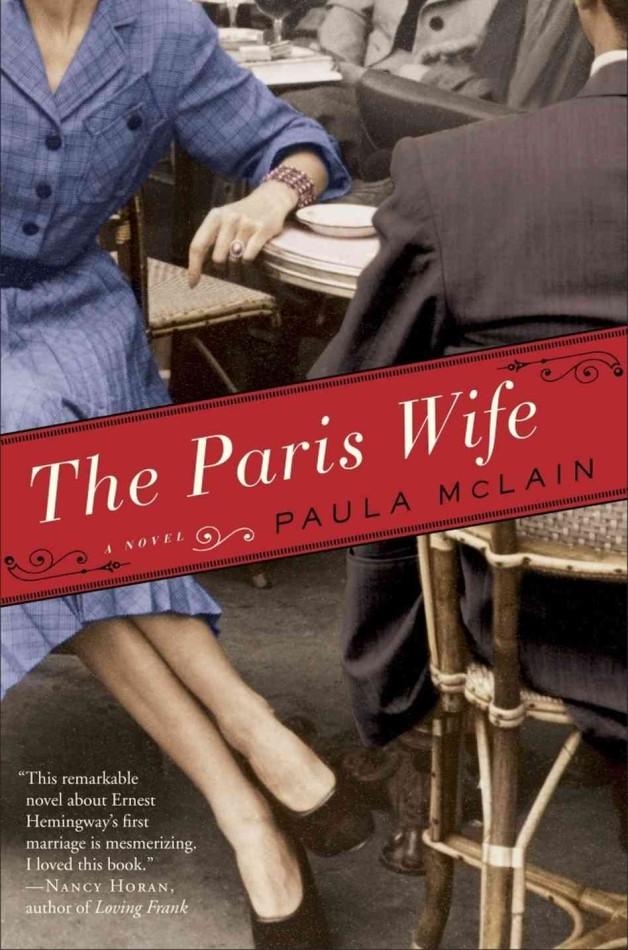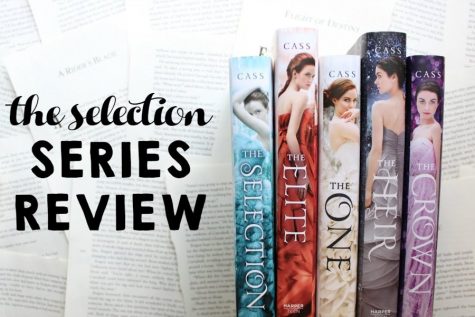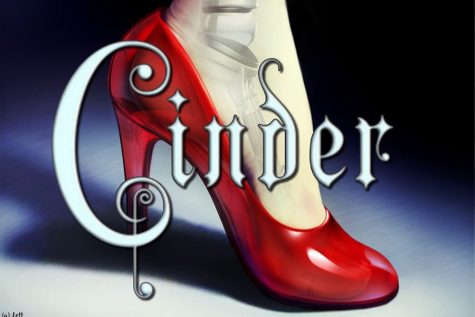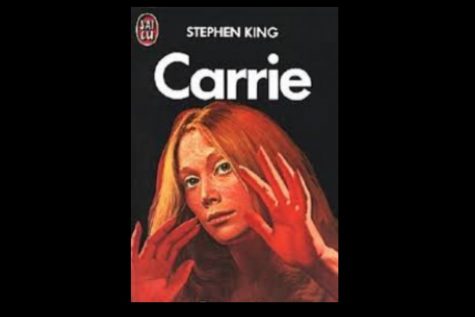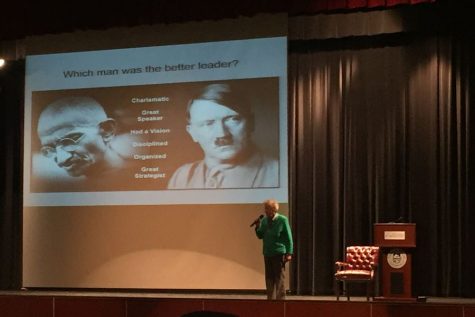Book Review: The Paris Wife by Paula McLain
5 out of 5 stars.
The Paris Wife by Paula McLain can most certainly be defined as the breakthrough novel of the historical fiction genre of the 2010s.
McLain writes a beautifully crafted novel set in the 1920s describing Ernest Hemingway’s and his first of four wives, Hadley Richardson’s troubling marriage.
Ernest and Hadley meet in Chicago in 1920 while boarding at the same apartment. Hadley immediately falls for Ernest, disregarding the cautions from her close friends about his womanizing personality. After Hadley moves back to her home in St. Louis, Missouri, she receives dozens of letters from Ernest, asking her to return to Chicago so they may be wedded.
Following their agile courtship, the couple moves to Paris, soon finding themselves within the midst of one of the most elusive groups during this era – known as the “Lost Generation” – which includes Gertrude Stein, F. Scott Fitzgerald, and Ezra Pound. Ernest begins his career in the Hemingway’s first apartment together, but his career is halted later when Hadley gets pregnant with their first and only son, John “Bumby” Hemingway.
During the time period of the novel, Ernest writes for the Toronto Star newspaper and also completes several short stories. After experiencing the Festival of San Fermín in Pamplona, Spain, in 1923, he decides to go back a second time in 1924, and a third time during the summer of 1925. Inspired by the bullfighting, Ernest begins his first novel, The Sun Also Rises, after returning from the trip.
Through scandalous affairs and heartbreaking disagreements between the Hemingways, McLain covers their relationship with the harsh realities they truly endured.
The Paris Wife is built around the perspective of Hadley, with included chapters focused on Ernest’s affairs without Hadley’s knowing. Readers can experience the realistic tension written by McLain through Hadley’s eyes, but can also be aware of the love Hadley felt for Ernest.
Any fan of historical fiction, or of a heartbreaking portrayal of love and all its mishaps, will certainly enjoy this book as much as I did.
I highly recommend it for readers interested in Ernest’s career and his personal life, and how it affected those he loved.

Hello, I’m Olivia Bietz and I am a freshman writer for the Eagle Eye newspaper this year. I’m involved in several extra-curricular activities at Tyrone,...



